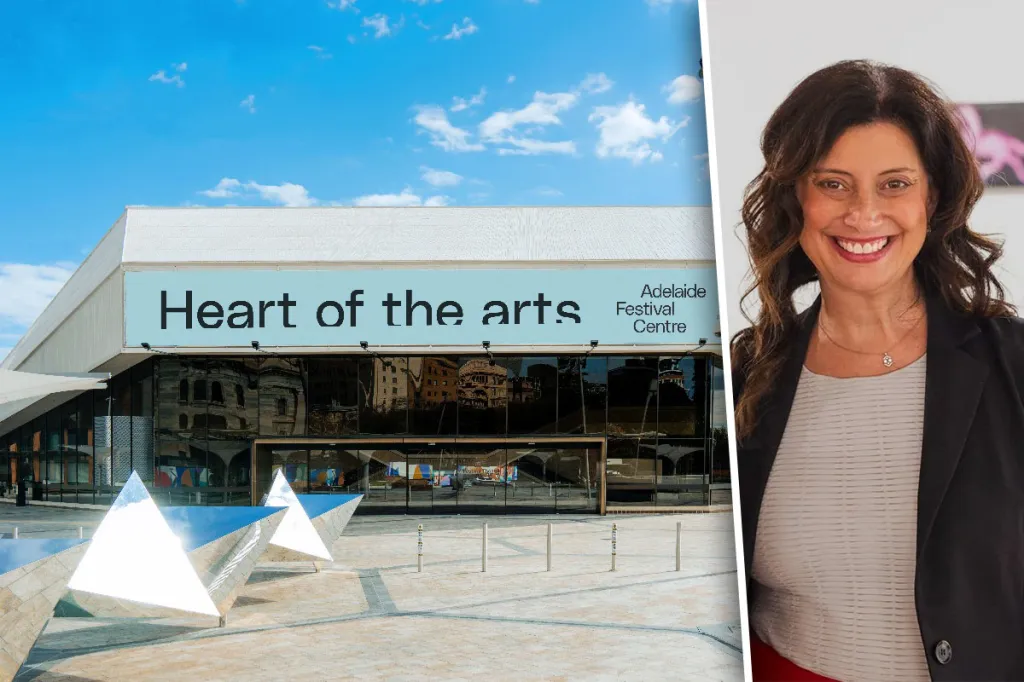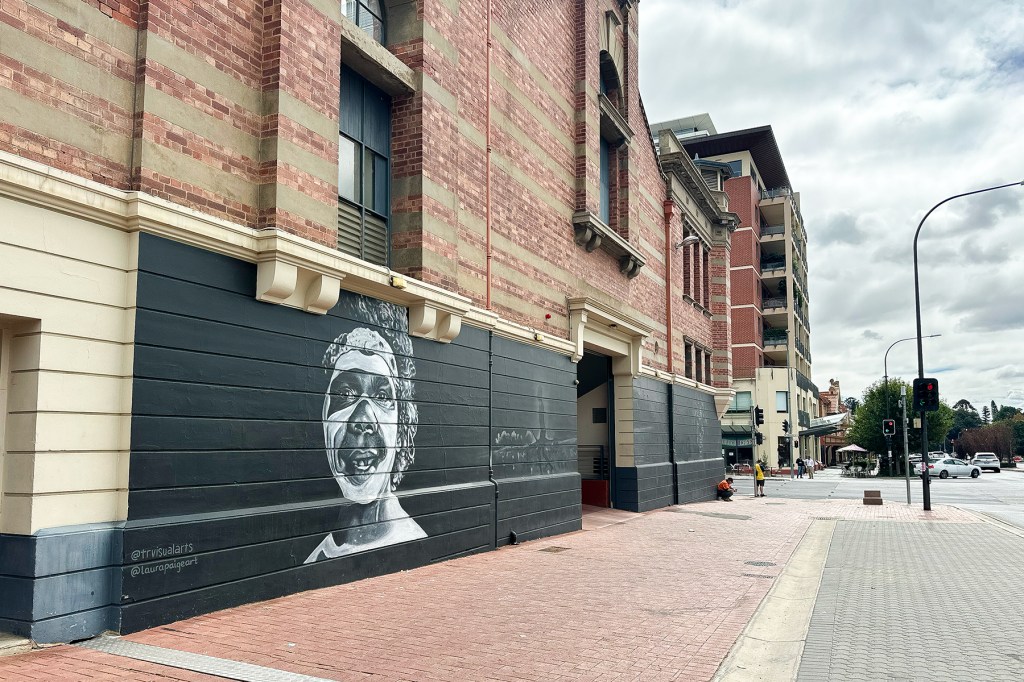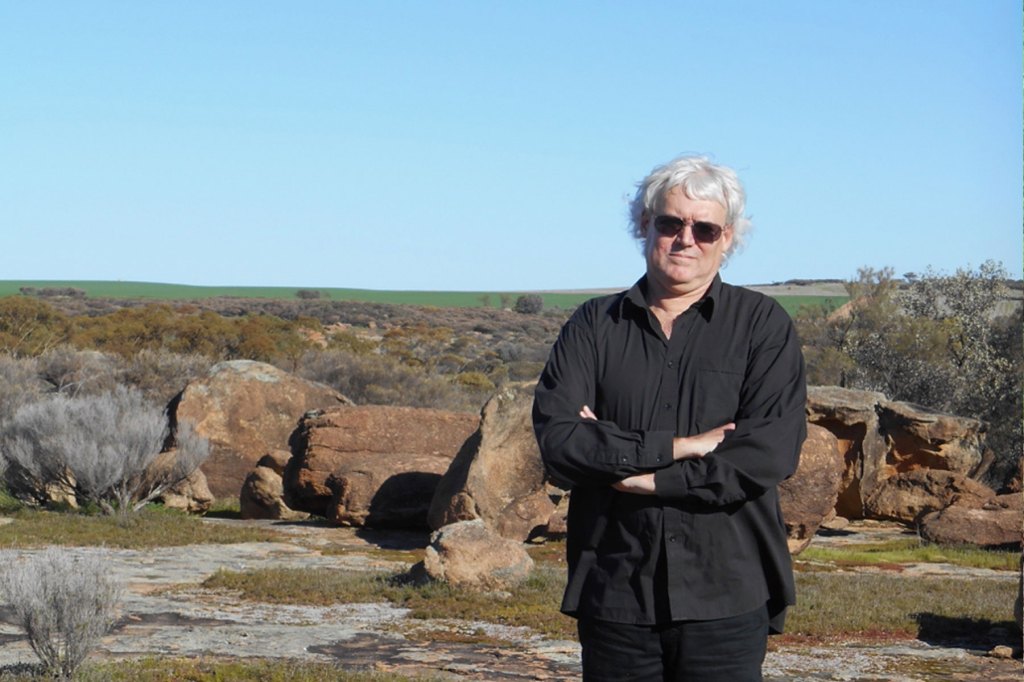‘Polycrisis facing artists’: anticipation builds for South Australia’s new cultural policy
The state government is expected to unveil its long-awaited cultural policy next week. We recap its long gestation, and some of the big questions it might address.

After months of delay the state government is reportedly days away from unveiling its new cultural policy initially pegged for mid-2024.
The impending announcement faces high expectations. The last time a South Australian government took stock of the state’s art sector was in 2019, with the release of the Marshall government’s Arts & Culture Plan 2019-2024.
Arriving after years of steady cuts and the abolition of Arts South Australia as a standalone department – it has existed as part of the Department of Premier and Cabinet ever since – the final document was a fairly modest “roadmap” of “goals” and “priorities”. It wasn’t a policy, but a series of suggestions for the then-government (notably, it did “not make recommendations requiring significant additional government expenditure”).
Following the 2022 state election, current Arts Minister Andrea Michaels said in a December 2023 public discussion paper that a new policy would “inform further exploration of the development of new legislation to recognise and enshrine the value of arts, culture and creativity in South Australia”.
In May 2024, a spokesperson from the Department of Premier and Cabinet also told InReview that the new policy would “look to mark the beginning of a new focus for the arts, culture and creative industries in South Australia, and will include a vision statement with accompanying strategies”.
A long gestation
Those comments followed an online consultation, industry workshops and a town hall meeting, which at the time provoked mixed opinions from participants and stakeholders.
Academic Jo Caust told InReview that the tone of the discussion paper suggested a “marketing-tourism model” over a traditional policy approach, and called the subsequent consultation process “very narrow and somewhat controlled”.
Carclew CEO Mimi Crowe, on the other hand, said she expected a cultural policy that “provides guidance and direction and it ultimately influences the behaviour in the decision-making of our governments… So it isn’t going to be specific, it’s not going to set actions”.
You might like
Months after the original mid-2024 due date passed, the minister tapped then-artistic director of the Adelaide Festival Ruth Mackenzie to join the Department of Premier and Cabinet in a new role that would include the finalisation and rollout of the new policy. Former City of Adelaide CEO Clare Mockler was also appointed Executive Director of Arts South Australia, a position that was made permanent earlier this year (once Mockler finishes up as interim CEO of the South Australian Museum, another embattled corner of the arts portfolio).
A tense moment
Looking beyond South Australia, the policy arrives at a testing moment for the arts with a federal election around the corner, and many artists and operators reporting that the cost of living crisis has impacted on audiences’ willingness to spend on culture.
This week’s federal budget, meanwhile, included only one reference to the arts in a two-year, $8.6 million commitment to “extend the Revive Live program to support Australian live music venues and festivals showcasing Australian bands and artists”.
The visual arts sector has expressed its disappointment at the budget’s live music focus, while many in the community are still reeling from Creative Australia’s handling of its 2026 Venice Biennale pick Khaled Sabsabi and the questions it raised about independent, peer-based arts funding in Australia.
And, while some local institutions like the Adelaide Festival Centre and Adelaide Dance Theatre have recently benefitted from big-ticket private donations, across Australia broader social and geopolitical factors including the war in Gaza have led to growing tension between artists, curators and programmers, and the philanthropists, corporate sponsors, universities and government bodies that fund them.

Creative Australia’s controversial dumping of Venice Biennale team Michael Dagostino and Khaled Sabsabi has raised sector-wide concerns about the independence of arts funding in Australia. Photo: Creative Australia / Supplied
To date, the state government’s support of the arts has included a $47 million allocation in the 2024 state budget, with a $5 million arts investment fund and $19 million on a new fit-for-purpose accommodation for the State Theatre Company, State Opera and Country Arts South Australia.
The government has also provided additional funding to the Adelaide Fringe, Adelaide Film Festival, and Adelaide Festival since taking office, while also taking on big projects including a $35 million refit of the Adelaide Festival Centre.
Emma Webb, co-chair of the Arts Industry Council of Australia, hopes that next week’s announcement is worth the wait – and the time and effort the sector has already put in during consultation.
“We hope the polycrisis facing artists and the sector is taken seriously and tackled with thoughtful plans and initiatives,” Webb told InReview.
“Cultural policy in the times we are in needs to affirm the democratic and civil society importance of culture, that culture and art is a social right, not simply a consumer choice, and that we cannot have a healthy arts and cultural participation without public policy addressing the working and living conditions of artists and arts-workers themselves.
Subscribe for updates
“We are hopeful these ideals are reflected in concrete plans, including implementing the recommendations from the Government’s Artists at Work Taskforce; an expansive vision for what cultural infrastructure and ecology can look like; investment in new works, new artists, accessibility and participation; and of course, the centrality of First People’s truth-telling, culture and leadership.”
In the meantime, many will be looking for clarity on some other big, long-term projects that may or may not be addressed in the new policy.
Adelaide Concert Hall
The high-speed rail of the South Australia’s cultural sector, the mythical prospect of a new concert hall is floated every few years with some vocal advocacy around town.
The 2019 Arts Plan also highlighted the need for a new concert hall to support the Adelaide Symphony Orchestra and other classical ensembles, and the then-Marshall government expressed “in principle” support pending a business plan.
Back in 2024, the public consultation for the new policy asked respondents to name their “one big idea”, and while we are certain many people would have put forward the concert hall, it seems unlikely to be high on the agenda – especially when prime festival precinct land is earmarked for high rise offices and rooftop bars.

The South Australian Museum’s current storage facility at Netley is still due for a multimillion dollar replacement. Photo: Tony Lewis / InDaily
Cultural Institutions Storage
InDaily reported heavily on the substandard condition that much of the state’s historic cultural collections were being stored, held in a former government printing facility prone to flooding.
In 2020 the Marshall government announced a solution: a new $86 million, 14,500 square-metre storage facility that would also house the Art Gallery of South Australia and History Trust’s collections – then worth an estimated $1.2 billion. Initially due to open in 2024, its status has been unclear since the Labor state government declared in May 2023 that the money allocated by its predecessors was “completely insufficient”.
The lease at Netley has since been renewed, and another year has passed without a single photo op of ministers in hi-vis and hard hats breaking ground at its replacement. As a very expensive storage unit that members of the public won’t be able to visit, it’s not quite as sexy as a new theatre or festival – but it is important.
Tarrkarri
Arguably the biggest arts question mark in town, this still seems no closer to resolution several election cycles after it was announced.
Back in May 2019, the proposed Aboriginal art and culture gallery was allocated $85 million – the biggest arts-based election promise that the then-Morrison government took to that year’s federal election.
Labor matched it at the time, but it’s an ironic twist that while the Albanese government’s Revive arts policy has spent years seeking to repair the years of “cuts and neglect” left by its predecessors, that the once-flagship project is literally gathering dust after Premier Peter Malinauskas put the project on hold after a revised budget landed closer to $400-600.
Could we expect some movement on this project, perhaps ahead of a campaign announcement from federal Labor?
The bruising result of the 2023 Voice referendum – still a favourite angle of attack for Peter Dutton – suggests this isn’t a hill, or dirt pit, that any Labor government wants to die on.
But how will it all tie together in the new policy? InReview will keep you posted.

